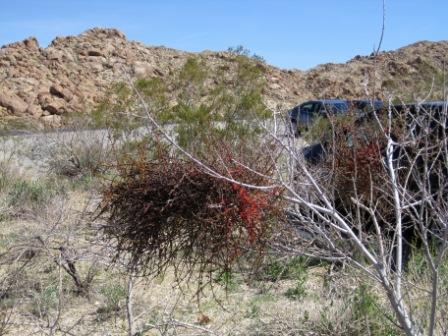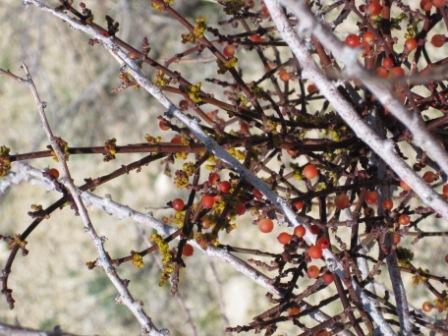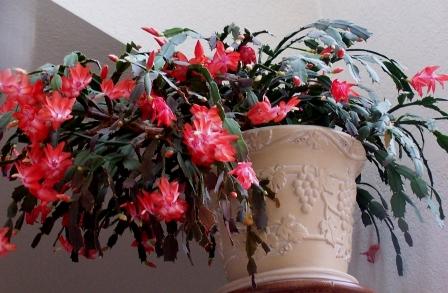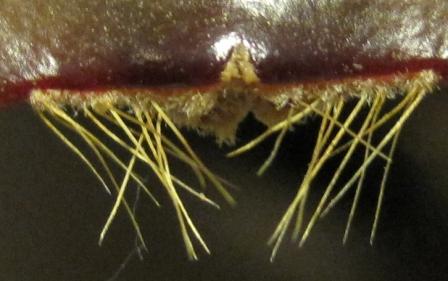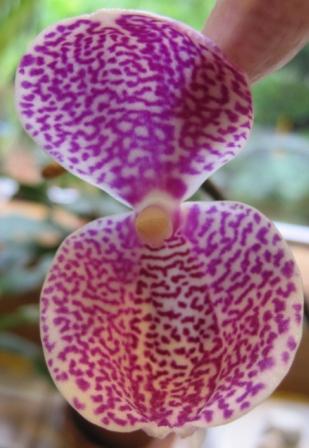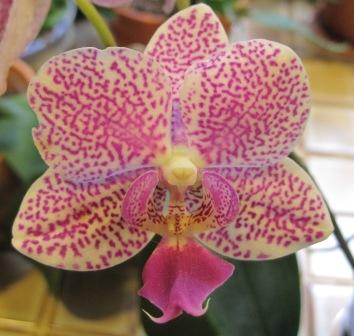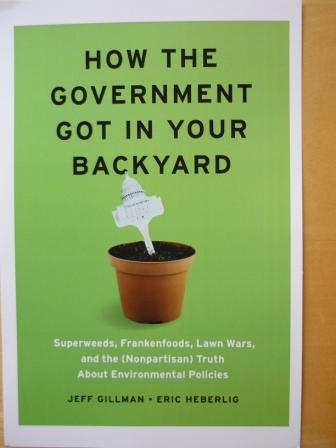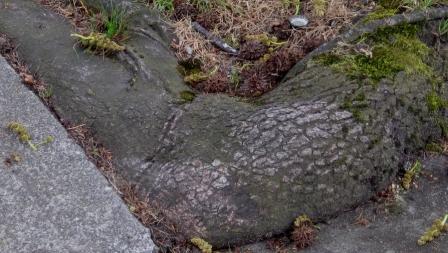
I enjoyed Jeff’s post on the RootTrapper and thought I’d share another interesting and [relatively] new development in the world of greenhouse growing containers.
Take a tube full of growing media, wrap a paper sleeve around it, and voila – the Ellepot!
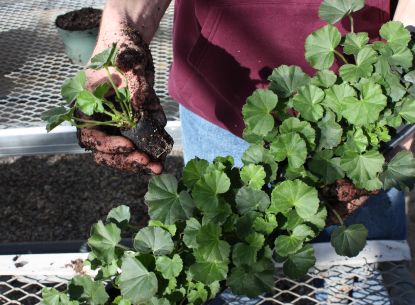
It’s bottomless, root permeable, and degradable. Each Ellepot sits in its own cell in a re-usable tray. The great aeration and drainage makes for a happy, healthy root system. Another plus is that after transplanting, there are no pots or packs to throw away
I’d say the bulk of Elle Pots are utilized at the propagation end of things – starting seeds and rooting vegetative cuttings – either for greenhouses to “grow on” themselves or as plug/liner products sold to finishing growers (see student Paul Hutcheson holding a geranium liner above).
Ella and Ojvind Ellegard of Denmark developed the system in the early 1990’s. Popular with growers in Europe, they’ve made their way to North America. Growers can buy in Ellepots by the pallet from various sources, or can invest in the equipment to make them
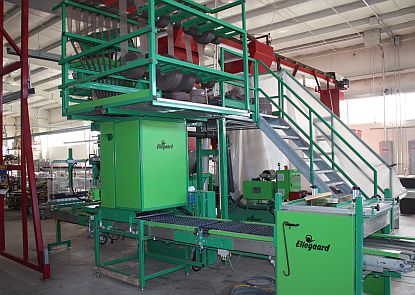
Wrap it up, I’ll take it…an Ellepot machine at Battlefield Farms, Rapidan, Virginia.
Sizes run from 15 mm (288 cells per 20” x 10” tray) up to 120 mm – equivalent to a 4” pot, perfect for bedding plants. Landscapers love them if they can find them – less waste from installation sites.

Petunia in an Ellepot. That’s Marc Verdel, head grower at Battlefield Farms.
As far as retail goes, I’m not sure if any market research has been done as to consumer preferences for this “pot-less” system. It’s a slight challenge for a shopper to pick one of this and two of that and transport them – you need some kind of carry tray. Anyone out there experienced with Ellepots (grower or gardener)?

